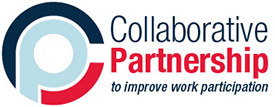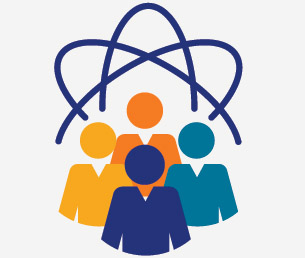Projects
Designing new approaches to service integration, system alignment and cultural change.
2022-2023 Work plan
The Collaborative Partnership’s 2022-2023 work plan builds upon the large evidence base obtained to date with a focus on systems, employers, GPs and individuals accessing income and benefit support.
Priority areas include:
Priority One: Improve employer capability to support work participation
Priority Two: Implement the Principles on the role of the GP in supporting work participation
Priority Three: Broaden the scope of professional practice of case managers
Priority Four: Advocate for the alignment of Australia’s income and benefit support systems
Priority Five: Effective utilisation of the income support transition data model
View our Strategy on a Page (PDF, 71.0 KB).
Our 2020-2022 strategy was shaped by the five priority pillars below which focused on schemes and systems, GPs and other providers, employers and workplaces.

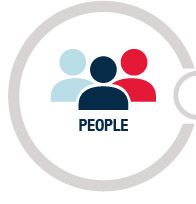

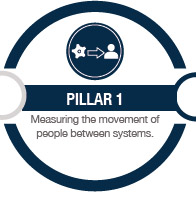

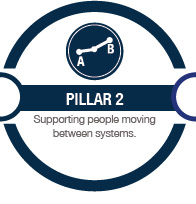

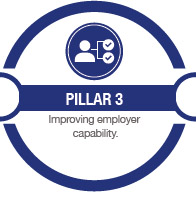

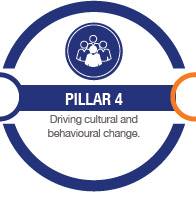

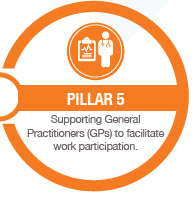
Pillar 1 - Measuring movement of people between systems
The Challenge
- Australia’s income and benefit support systems are complex, fragmented & highly disparate
- In 2015/16, 786,000 people with a health condition or disability were estimated to not be participating in work and $37.2 billion was spent on income support in the same year.
- People move from ‘upstream’ systems of benefit and income support to ‘downstream’ systems – this can be minimised through supporting people to engage in good work.
Opportunities
By understanding how the systems work, sharing data and better practice, we can improve system design to achieve better alignment, outcomes and experiences.
Project Activities
Approach: Monash University in partnership with The University of Melbourne undertook a study using qualitative research methods to survey people with lived experience who have interacted with one or more income support system. The project also included the development of a data model to quantify the current movement and predict future movement of people between income support systems.
Status: Finalised May 2022
Pillar 2 - Supporting people moving between systems
The Challenge
- People are ‘falling through the cracks’ as they transition between benefit and income support systems
- People feel they need to be “twice as sick to get half the help”
- People are drawing on personal financial and social assets while awaiting support
Opportunities
Implement best practice case management universally across systems, achieving outcomes earlier and reducing unnecessary movement between systems.
Project Activities
Approach: EML led a 12-month trial of a Transition Support Program that provided tailored services to 50 participants exiting the Victorian Workers’ compensation system. Monash University measured the effectiveness of the program and compared results with the National Return to Work Survey. The Transition Support Program reported positive impacts to physical health, mental health and self-efficacy for up to half of participants.
Status: Completed March 2022
Pillar 3 - Improving employer capability
The Challenge
- Less than 50% of employers have experience in recruiting or supporting someone with a health condition or disability
- 50% of employers are not confident in their business’ ability to support people with a physical or psychological disability or health condition
Opportunities
- Employers who have experience working with someone with a disability or health condition were more likely to recruit and support someone in the future
- Organisations can be more productive when you make the most of employees’ different abilities and find roles where the health condition can become an advantage
- Cross sector alignment of employment services across schemes and systems to better serve employers and people with a health condition or disability.
Project Activities
Approach: Department of Education, Skills and Employment will lead this project. This work has significant importance with the recent impact of COVID-19 on the employment landscape.
Status: Finalised May 2022
Pillar 4 - Driving cultural and behavioural change
The Challenge
- Only 1 in 5 employers could identify the benefits of employing someone with a health condition or disability
- 50% of employers do not consider it a priority to recruit or support someone with a disability or health condition
Opportunities
Community awareness to normalise ill health and disability
Project Activities
This project is driven by research commissioned by the Partnership that showed 41 percent of employers did not consider it a priority to employ people with health conditions or disability and that most people experienced significant cultural barriers that impeded their pathway to gainful employment.
Approach: We are exploring opportunities to deliver an awareness program that will change attitudes and behaviours towards people with a health condition or disability and their connection to work.
Status: On-hold
Pillar 5 - Supporting General Practitioners (GPs) to facilitate work participation
The Challenge
The GP role in supporting work participation is complex and confusing with different systems requiring GPs to play different roles
Opportunities
- GPs play a central role in supporting work participation for people with a health condition or disability
- A team-based care coordination approach is needed between GPs, employers, providers and the systems to support work participation
Project Activities
The Partnership developed Australia’s first national Principles on the role of the GPs in supporting work participation. The Principles have been officially recognised as a Supported Position Statement by the Royal Australian College of General Practitioners and endorsed by the Heads of Workers’ Compensation Authorities. Given the employment challenges with COVID-19, GPs play a critical role in supporting Australians to engage in ‘good work’.
Approach: This project involves working closely with employers, industry, medical practitioners, the ACTU, people with lived experience and the systems to help us design the best ways to practically and meaningfully implement the Principles. This project will engage with RACGP to provide information that could contribute to future reviews of GP curriculum.
Status: Commenced March 2020
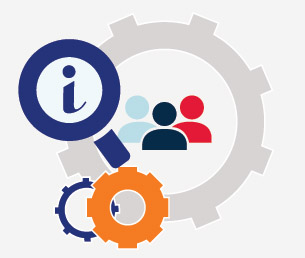
Building on our past projects and research, we will continue to drive change guided by strategic objectives, priority pillars and outcomes.
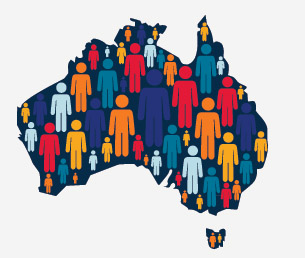
The Partnership is a national collaboration with strong representation across sectors and systems.
